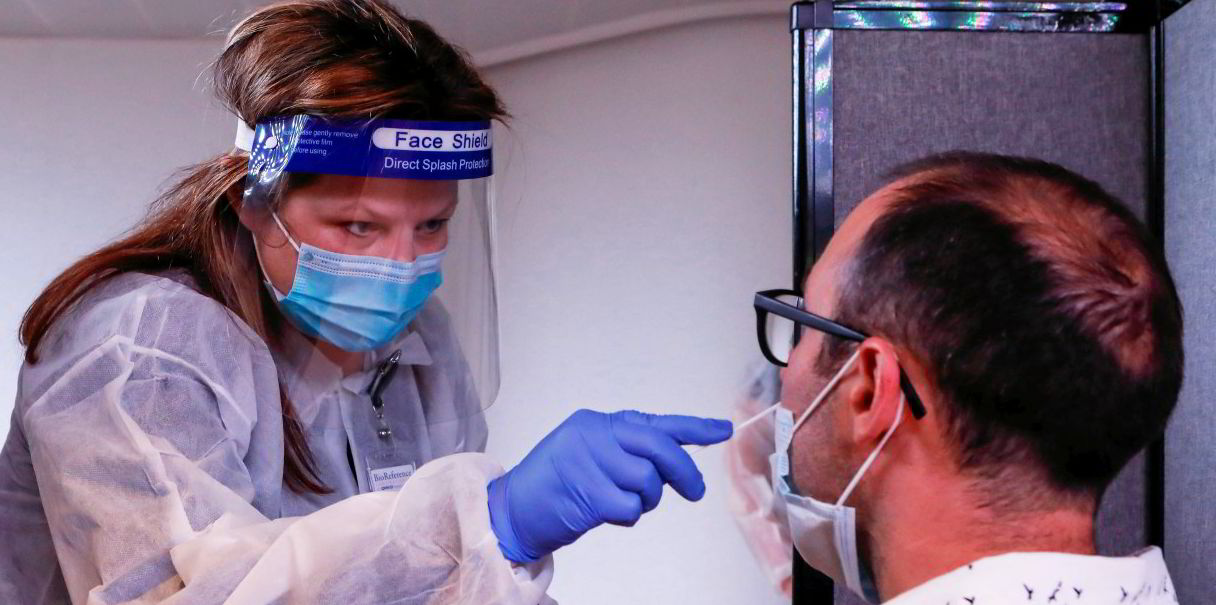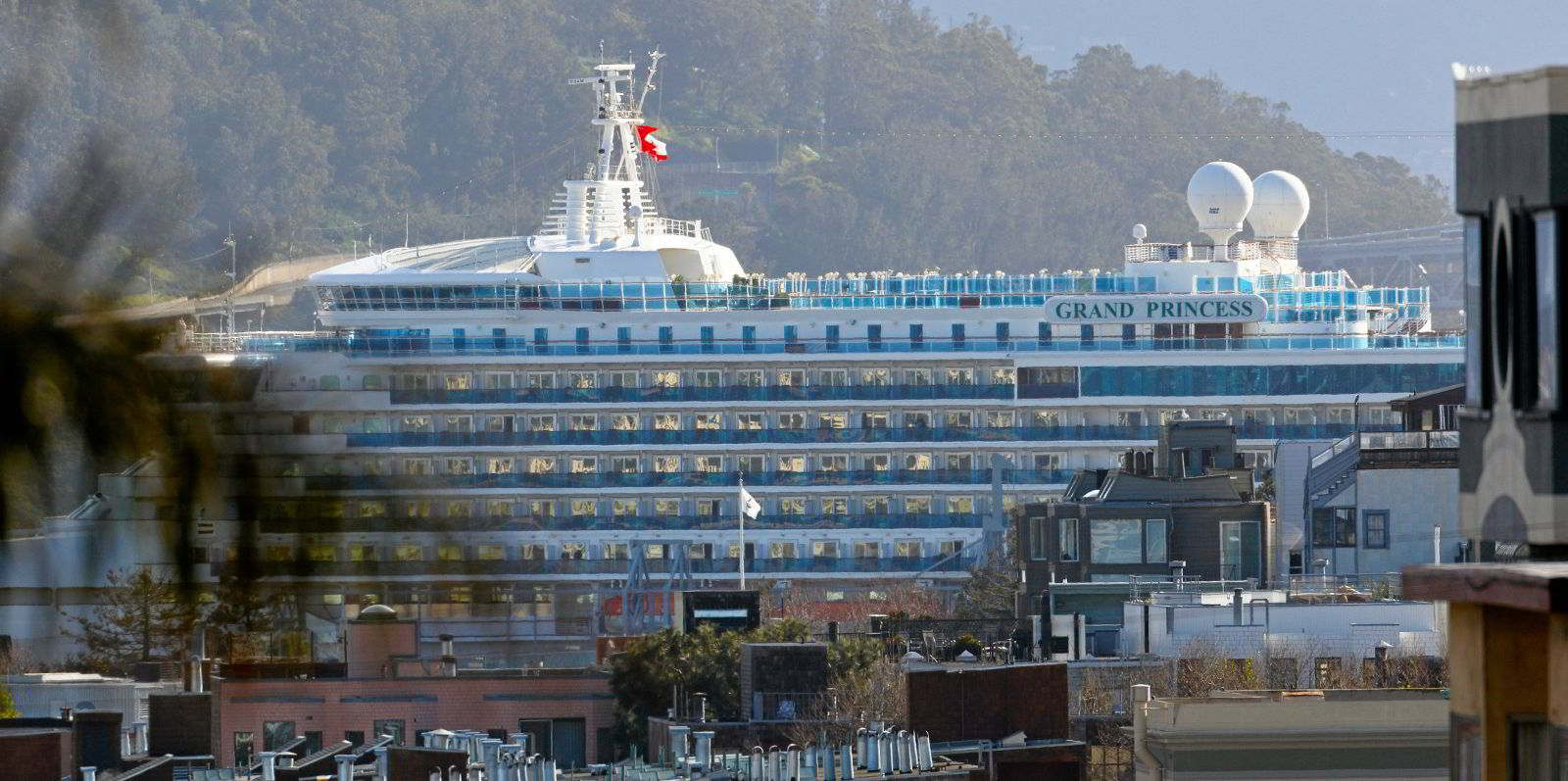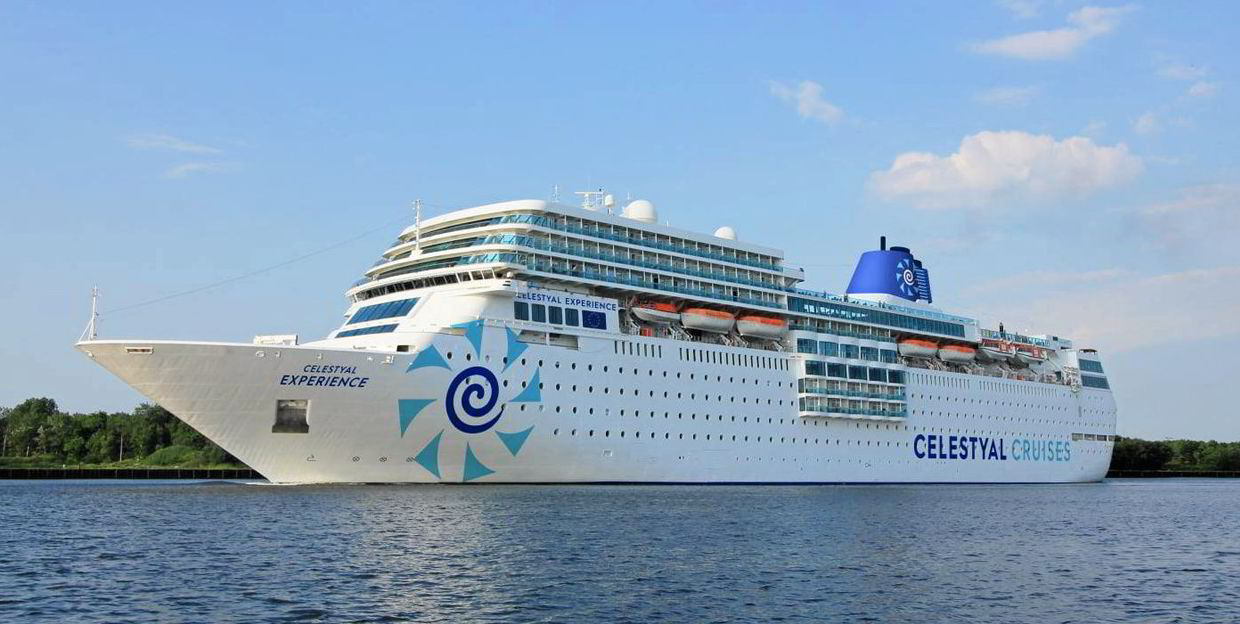Cruise lines believe they can start turning a profit next year, clawing their way out of a fiscal abyss from which some thought they might never return.
The Big Three that hold 80% of the market, Carnival Corp, Royal Caribbean Group and Norwegian Cruise Line Holdings, posted a total of $28.68bn in losses over the past six quarters as the pandemic halted operations.
But analysts and owners expect pent-up demand for cruising to reverse that misfortune, even though the industry remains afloat only because of oceans of debt taken out since coronavirus forced it to shut down in March 2020.
The three cruise majors, which together own almost half of the world’s passengerships, have amassed $58bn in debt that may take years to repay, even with returns to record revenues.
The pandemic has wrought unprecedented losses on the biggest cruise lines, Carnival Corp, Royal Caribbean Group and Norwegian Cruise Line Holdings, since it shut down the entire sector in March 2020.
Over the six quarters since then, Carnival has wracked up debt of $14.3bn, Royal Caribbean has amassed $8.28bn and Norwegian $6.1bn.
Carnival had $26bn in long-term debt as of 31 May, while Royal Caribbean Group owed $20.1bn as of 30 June, according to second-quarter earnings reports. Norwegian Cruise Line Holdings was $11.9bn in debt at the end of June.
It is hard to say how long it will take to pay off that debt, but it should not matter because they can refinance it at much lower interest rates, Tigress Financial Partners analyst Ivan Feinseth argues.
“That’s a major plus,” he tells TW+. “The first step is refinancing the debt to reasonable market levels.”
Lenders were setting interest rates at around 12% at the height of the pandemic but have since lowered them to between 4% and 6%, he says.
With rates that low, he asks: “Why pay off low-rate debt?”, arguing that owners may be better off investing some of their earnings back into the business instead of using all of it to extinguish debt.
“I believe the cruise industry will return and be greater than ever. Cruise customers are just waiting to get back on the ships and continue to book as windows open.”

Cruise demand is expected to remain strong even if the virus persists, because owners are probably going to allow only vaccinated passengers onto ships, another analyst says. That way they can offer a pre-Covid onboard experience.
As a result, the industry should return to profit by next summer, when the global fleet gets back to revenue sailing and begins paying off billions of dollars in debt.
In the meantime, he believes the sector will figure out ways to live alongside any Covid-19 threat instead of shutting down again.
Carnival expects to have two-thirds of capacity across its 91 ships sailing by the end of the year, but won’t say when it expects to return to profit while it is between quarterly earnings.
“There continues to be pent-up demand for cruising, especially among past guests,” spokesman Roger Frizzell tells TW+. “We continue to make strong progress with our global restart efforts.
“Our enhanced health and safety protocols, developed in coordination with science and medical experts, as well as health authorities, are working as intended and our guests are telling us they are having a great time cruising.”
Carnival may achieve positive operating profit by next summer after adding four newbuildings to its fleet in the coming months, according to chief financial officer David Bernstein.
“But with the seasonality of our business and a lot of the other restart expenses that we mentioned, it’s difficult to project the exact months where Ebitda goes positive or cash flow goes positive,” he said during a second-quarter earnings call in late June.
“But we’re very hopeful. The spring isn’t very far away and we are looking forward to that.”
Read more
- The No Normal: Dry bulk had better get used to coping with volatility
- Wine to water: 20 questions with Esben Poulsson of the ICS
- Shipping finds itself fast-forwarded into a digital future
- That’s oil, folks! The sun is slowly setting on tankers
- Remote possibilities become reality as shipping embraces digital surveys






